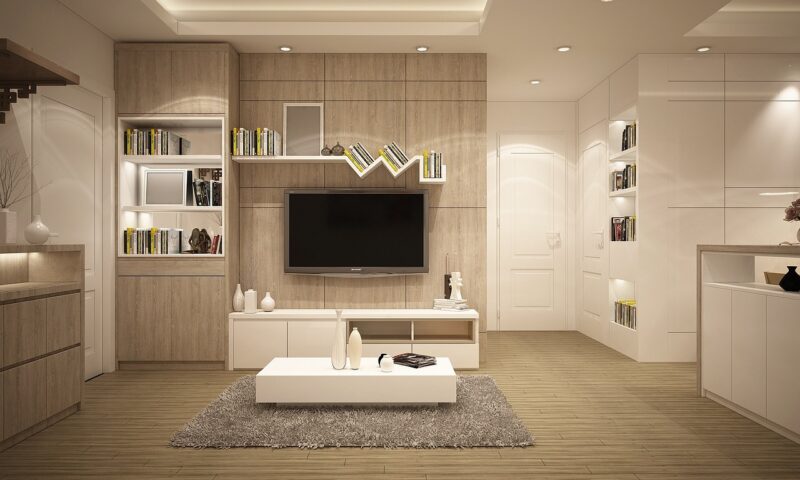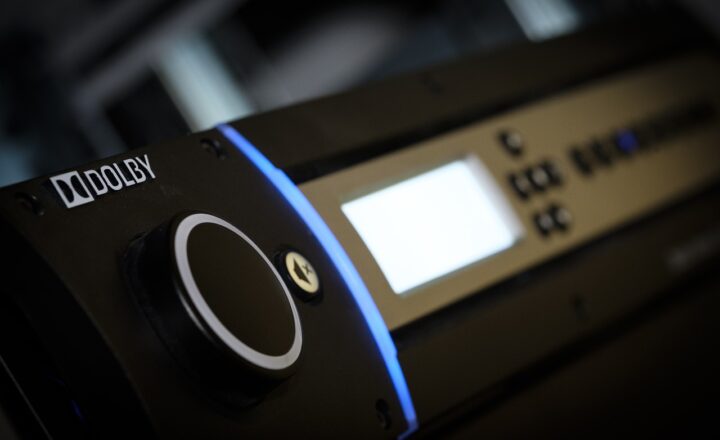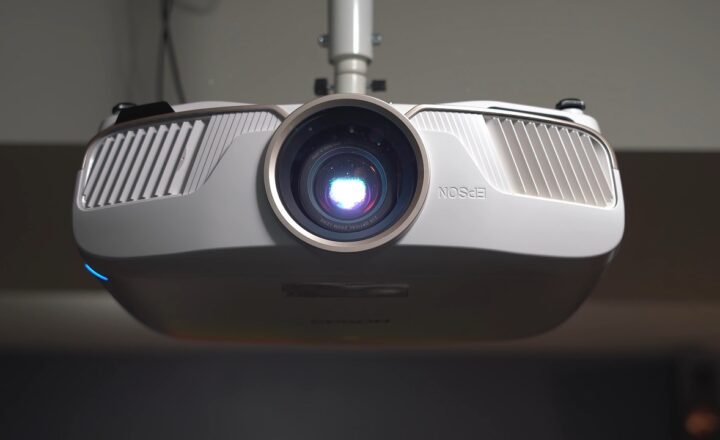The Evolution of Home Sound Systems: From Vintage Stereos to Modern Smart Speakers
November 13, 2024

Home sound systems have undergone a remarkable transformation over the last several decades. The way we experience audio has shifted from bulky components and vinyl records to sleek, wireless smart speakers that integrate seamlessly into our everyday lives. This article explores the evolution of home sound systems, highlighting key developments, changes in consumer preferences, and the technology that has shaped a new era in audio entertainment.
1. The Golden Age of Stereo Systems
The journey of home audio systems began in the mid-20th century with the rise of stereo systems. Vintage stereos, often characterized by their wooden cabinets and analog components, became a central part of home entertainment in households across the globe during the 1960s and 70s. As technology advanced, the turntable emerged as a prominent feature, allowing music lovers to enjoy their favorite records with rich, warm sound quality.
Many brands like Pioneer, Marantz, and Technics gained recognition for their high-fidelity products, setting a benchmark that enthusiasts still cherish today.
The iconic 2-channel stereo setup allowed listeners to appreciate music as the artist intended. This format captured the nuances and subtleties of sound, making it a cherished experience for audiophiles.
2. Boom Boxes and Portable Sound Systems
Moving into the 1980s and 1990s, portable sound systems like boom boxes grew in popularity, enabling consumers to take their music on the go. This era marked a cultural shift as music became more ingrained in everyday life. Boom boxes became symbols of urban youth culture and the hip-hop movement.
With powerful speakers, cassette and CD players, and even radio tuners, these systems allowed people to share music outdoors, at parties, and on the street, breaking geographical boundaries and bringing people together through shared experiences.
3. The Digital Revolution: Rise of CDs and Home Theater Systems
The 1990s ushered in the digital revolution, and home audio systems began to incorporate advancements such as CD players and surround sound technology. Consumers started to replace their vinyl records with CDs, which provided greater durability and convenience.
The introduction of home theater systems transformed the way audiences experienced both music and movies at home. Soundbars, multiple speakers, and subwoofers brought immersive sound experiences that mimicked the feel of being in a cinema. This marked a pivotal moment where home audio merged with visual entertainment, creating a holistic sensory experience.
4. The Streaming Era and Wireless Speakers
The onset of the 21st century revolutionized home sound systems further with the rise of music streaming platforms like Spotify, Apple Music, and Tidal. The convenience of accessing vast libraries of music at any time led to a shift in consumer preferences, moving away from physical media to digital consumption.
Wireless speakers began to dominate the market, offering convenience and eliminating the clutter of wires. Companies like Sonos, Bose, and JBL capitalized on this trend, introducing sleek designs that fit modern décor without compromising on quality. The integration of Bluetooth technology allowed for easy pairing with smartphones, tablets, and laptops, giving users control over their music experience with just a tap on their device.
5. Smart Speakers: The Future of Audio Entertainment
Today, the evolution has continued with the emergence of smart speakers. Devices such as Amazon Echo, Google Nest, and Apple HomePod not only deliver high-quality audio but also integrate voice assistant technology. Users can control their music, smart home devices, and access information through simple voice commands, marking a new era in convenience.
Smart speakers aggregate audio services, allowing listeners to change tracks, adjust volume, and even explore new music without lifting a finger. Moreover, they have become part of the growing trend towards smarter homes where audio systems can be synchronized with other smart devices for a seamless living experience.
6. The Impact of Technology and Consumer Preferences
The evolution of home sound systems reflects broader technological advancements and consumer preferences over time. As technology has improved, audio quality has become paramount. The shift from analog to digital has led to a prevalence of high-resolution audio formats, ensuring that music can be appreciated in its purest form.
Furthermore, environmental sustainability has influenced consumers’ purchasing decisions, with a growing demand for energy-efficient and eco-friendly sound systems. Brands are responding with products that reflect this shift, aiming to reduce waste and promote sustainability while delivering excellent performance.
7. Conclusion: A Journey of Innovation
The journey from vintage stereos to modern smart speakers represents an incredible timeline of innovation in audio technology. As we look ahead, the relationship between audio and technology will continue to evolve, pushing the boundaries of what we believe is possible in sound quality and user experience.
From enjoying a vintage vinyl record to streaming music through a smart speaker, each evolution serves as a testament to our desire for immersive audio experiences. As technology continues to advance, we can only imagine what the home sound systems of the future will entail. The balance between nostalgia for classic systems and the efficiency of modern technology will inspire future innovations in the audio landscape.






